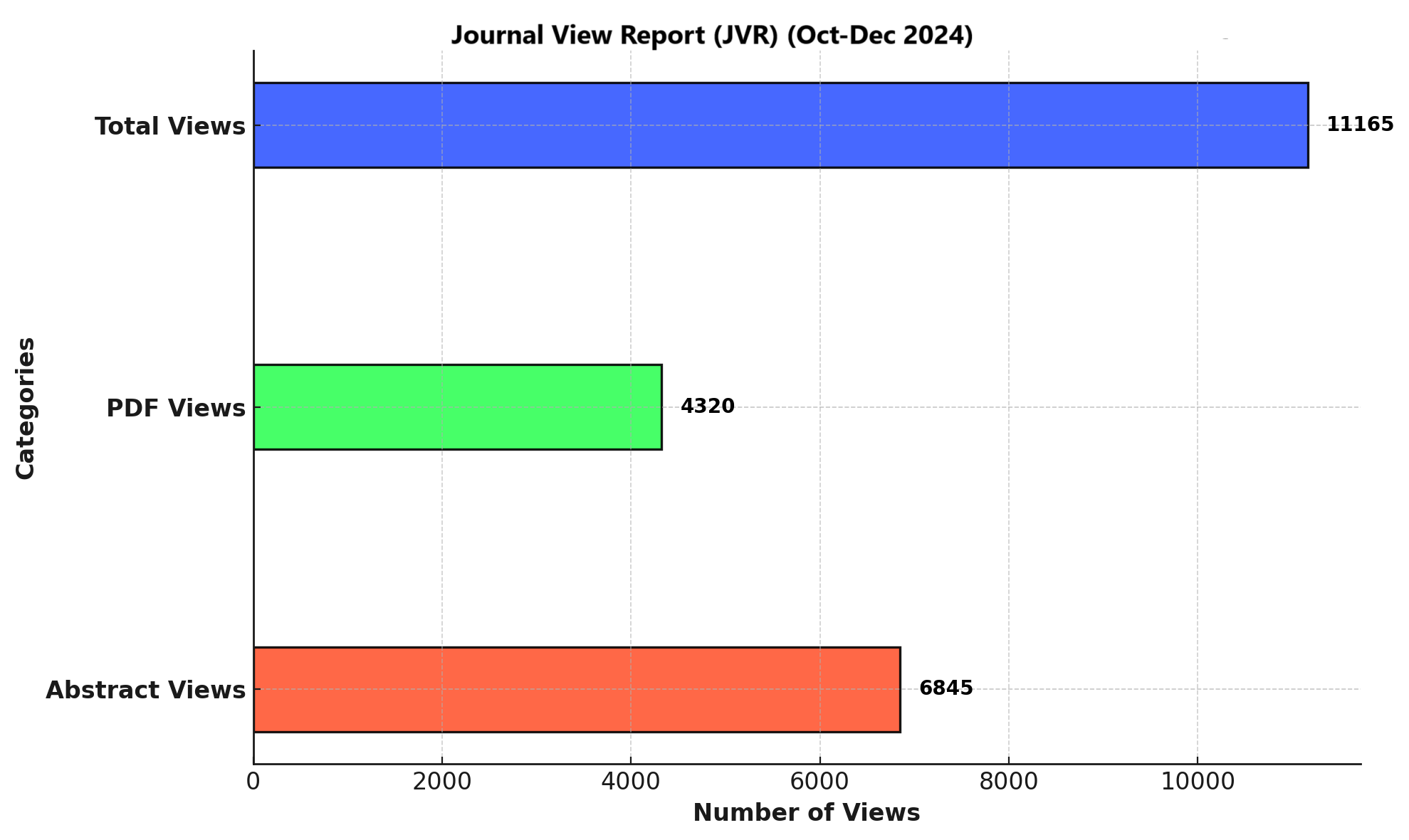Diagnostic accuracy of PD weighed MRI /STIR sequence to determine periarticular bone marrow edema of <10mm depth in predicting acute sacroilliatis in relation with HLA B27
DOI:
https://doi.org/10.71000/138fes28Keywords:
Bone Marrow Edema, Diagnostic Imaging, HLA-B27 Antigen, Magnetic Resonance Imaging, Sacroiliac Joint, Sensitivity and Specificity, SpondylarthropathiesAbstract
Background: Acute sacroiliitis is a critical early feature of axial spondyloarthritis (axSpA), and timely diagnosis is essential to prevent irreversible structural damage. Magnetic resonance imaging (MRI) remains the gold standard for detecting early inflammatory changes, particularly periarticular bone marrow edema (BME). Among various MRI techniques, STIR and PD-weighted sequences are commonly used, while HLA-B27 genetic testing provides supportive diagnostic evidence in suspected cases.
Objective: To compare the diagnostic performance of PD-weighted MRI and STIR sequences for identifying periarticular BME less than 10 mm in depth, and to examine their association with HLA-B27 status in patients with acute sacroiliitis.
Methods: A cross-sectional study was conducted over six months at the Armed Forces Institute of Radiology and Imaging, in collaboration with the Pakistan Emirates Military Hospital. A total of 120 patients aged 18–50 years with clinical suspicion of sacroiliitis were enrolled. MRI scans were performed using both 1.5T and 3T systems, acquiring PD-weighted and STIR sequences in axial and coronal planes. BME depth was measured, and HLA-B27 status was determined through PCR or flow cytometry. Diagnostic metrics were calculated, and ROC curve and chi-square analyses were performed. Interobserver agreement was assessed using Cohen’s kappa.
Results: STIR sequences showed higher sensitivity (90%) compared to PD-weighted MRI (85%), while PD-weighted MRI had higher specificity (78%) than STIR (74%). STIR achieved an AUC of 0.87, while PD-weighted MRI had an AUC of 0.83. Mean BME depth was significantly greater in HLA-B27 positive patients (8.5 ± 1.2 mm) than in HLA-B27 negative patients (6.9 ± 1.5 mm, p < 0.001). Severe BME (>10 mm) was more frequent in HLA-B27 positive individuals (60.8% vs 26.1%, p < 0.001). Interobserver agreement was κ = 0.76 for PD-weighted MRI and κ = 0.82 for STIR.
Conclusion: STIR sequences offer superior sensitivity for early sacroiliitis detection, while PD-weighted MRI contributes to greater diagnostic specificity. The inclusion of HLA-B27 testing enhances diagnostic value, particularly in identifying patients with severe inflammatory burden. A combined imaging approach utilizing both sequences is recommended for accurate and early diagnosis of sacroiliitis.
Downloads
Published
Issue
Section
License
Copyright (c) 2025 Amina Zahid, Mubashra Aziz, Aamna Saeed, Nigaar Ayesha Iftikhar, Nigaar Ayesha Iftikhar, Maryam Khalid Cheema, Mahnoor Naeem (Author)

This work is licensed under a Creative Commons Attribution-NonCommercial-NoDerivatives 4.0 International License.







